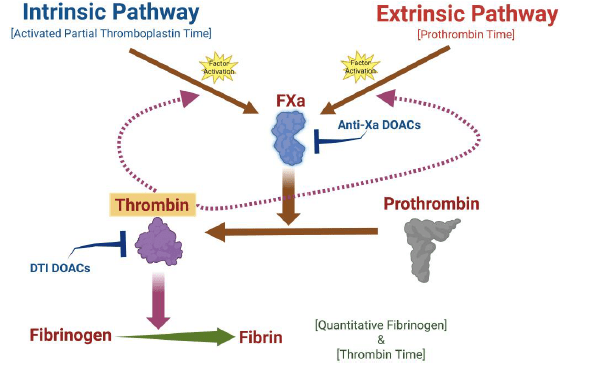Automated Immunohematology Approaches Can Resolve Transplant Incompatibility
Posted on 13 Feb 2024
The persistent global shortage of donor organs has made the availability of ABO-compatible options a rarity for many hospitals, clinicians, and patients requiring organ transplants. Despite this, advancements in desensitization therapies have made ABO-incompatible organ transplants not only possible but also as successful as compatible transplants. For instance, it has become common for patients with blood group O to receive organs from donors with type A2 blood, a subgroup of the A blood type that expresses fewer antigens. In such cases, the recipient's plasma can be treated using an immune-adsorption column to reduce the anti-A antibody concentration. Alternatively, when this method is not available, plasmapheresis can be utilized to exchange plasma and reduce the titer of anti-A. The reduction in antibody production can also be achieved through standard immunosuppressants and monoclonal antibodies like rituximab.
The titration of relevant ABO blood group antibodies is crucial in managing potentially incompatible organ transplants. The results from titrations help determine the likely success of a transplant procedure with the appropriate immunosuppressive treatment. Additionally, titrations are useful for monitoring antibody production post-transplant and assessing the risk of antibody-mediated rejection later on. Despite its clinical importance, many hospital labs do not routinely perform titration due to its labor-intensive nature, the high skill level required, and the difficulty in interpreting results. Manual titration also suffers from inherent imprecision due to variations in dilution preparation, dilution medium, red blood cell phenotype and the reaction reading which is difficult to standardize.
.jpg)
This issue is further exacerbated by a decrease in new immunohematologists entering the profession, leading to staffing shortages. This, coupled with increased workloads and financial constraints, makes it harder for hospital labs to offer this service and provide timely, definitive results. Consequently, there is a growing need for hematology labs to automate antibody titration to reduce turnaround times and improve result reliability. Automated immunohematology platforms, such as the IH-500 NEXT System from Bio-Rad Laboratories (Hercules, CA, USA), offer a viable solution, enabling local facilities to perform fully automated titrations. The adoption of automation in numerous immunohematology labs has proven successful, allowing them to provide results to doctors within hours on the same day a blood sample is drawn. This quick turnaround is crucial for efficiently allocating donated organs to needy patients and preventing antibody-mediated organ rejection.
Automation also offers greater precision and standardization, as it prevents technical and manual errors. This reduces the need for extensive training and experience, allowing a broader range of staff to perform antibody titrations and analyze the results. This shift can reduce the load on highly skilled specialists, further shortening the time to results. The widespread adoption of automated titration is essential for supporting future transplant services, ensuring that patients receive the critical organ donations they need as soon as possible.
Related Links:
Bio-Rad Immunohematology














